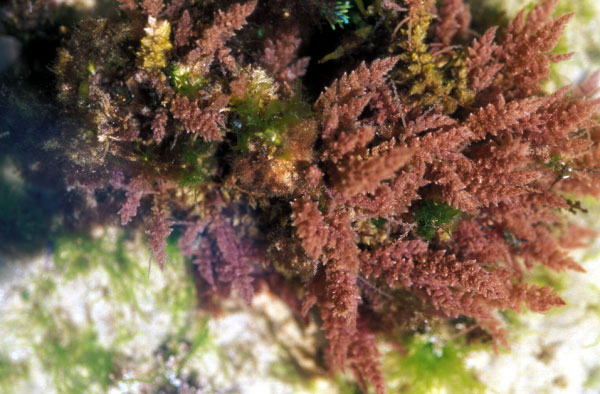Macroalgal germplasm banking for conservation, food security, and industry
Ex situ seed banking was first conceptualized and implemented in the early 20th century to maintain and protect crop lines. Today, ex situ seed banking is important for the preservation of heirloom strains, biodiversity conservation and ecosystem restoration, and diverse research applications. However, these efforts primarily target microalgae and terrestrial plants. Although some collections include macroalgae (i.e., seaweeds), they are relatively few and have yet to be connected via any international, coordinated initiative. In this piece, we provide a brief introduction to macroalgal germplasm banking and its application to conservation, industry, and mariculture. We argue that concerted effort should be made globally in germline preservation of marine algal species via germplasm banking with an overview of the technical advances for feasibility and ensured success.



